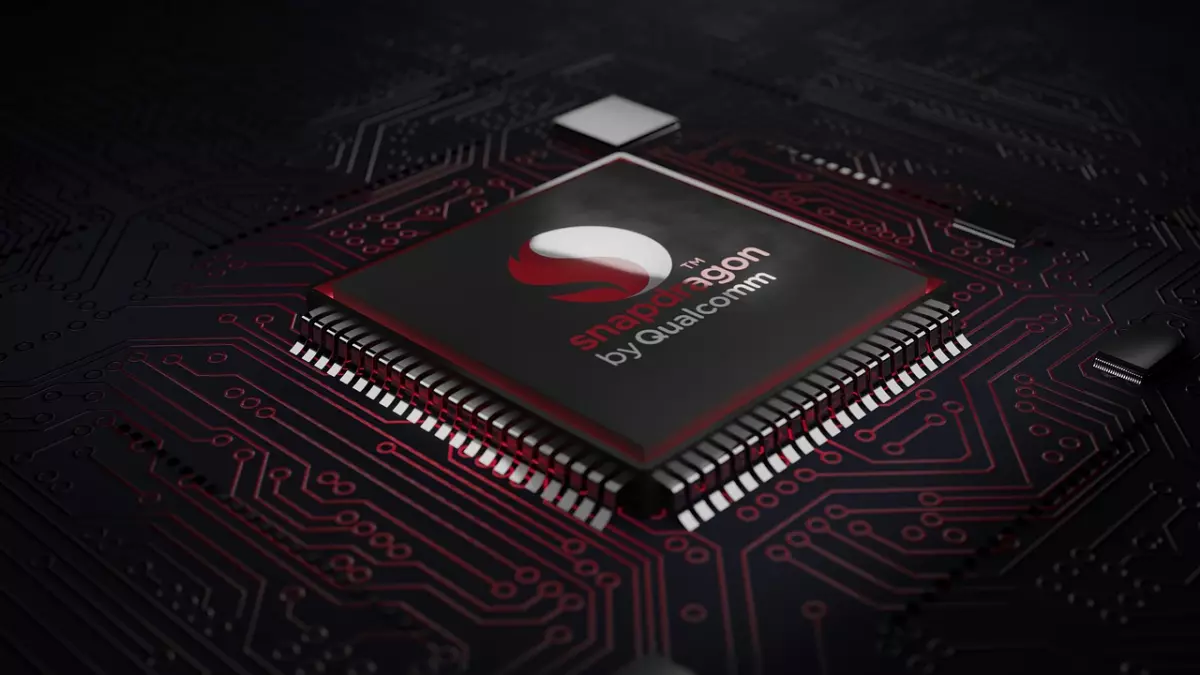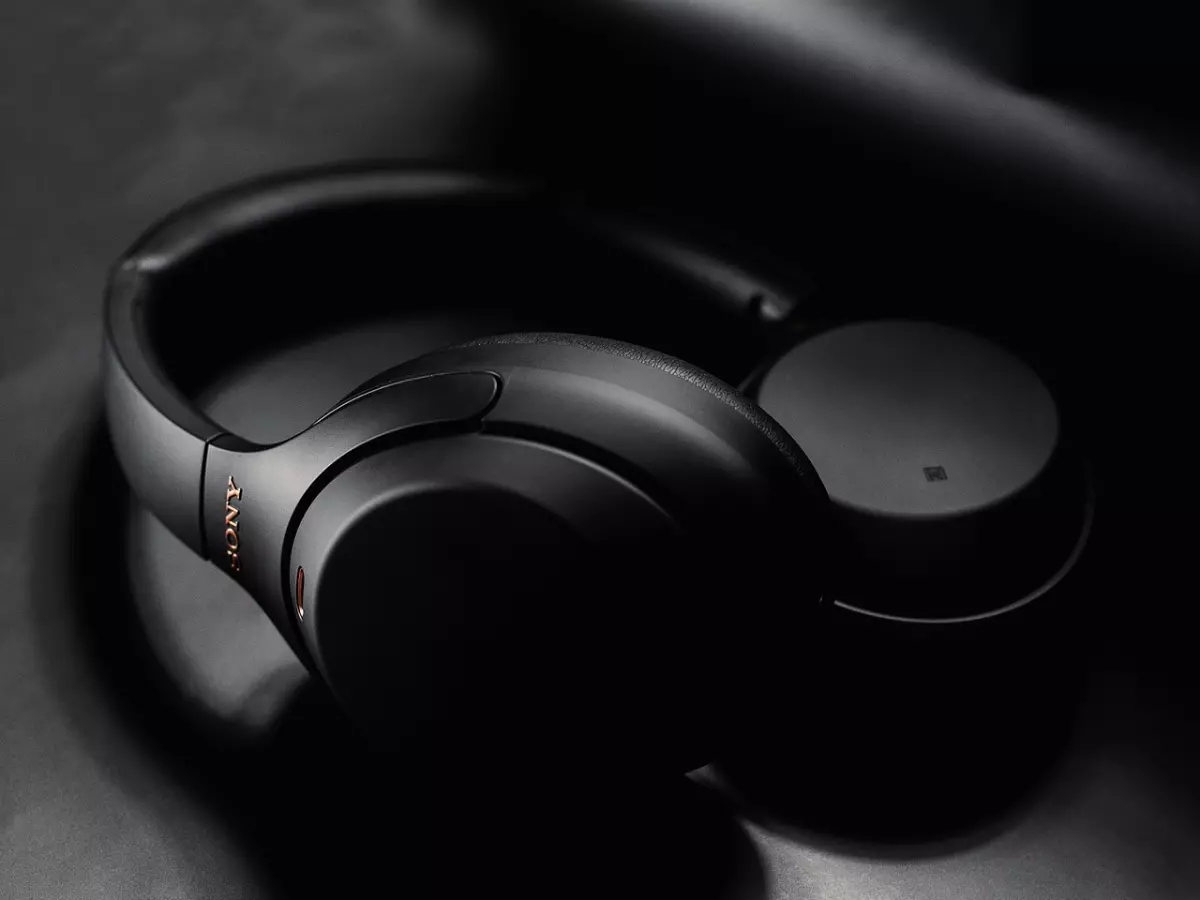ARM vs x86
I remember the first time I held a smartphone in my hand. It was 2010, and I was in awe of how much power could fit into such a small device. Fast forward to today, and that power has only grown exponentially. But behind the sleek screens and shiny exteriors, there's a battle raging—a battle between two processor architectures: ARM and x86. And this war is quietly shaping the future of gadgets.

By Sarah Kim
Let’s take a trip down memory lane. Back in the 1980s, personal computers were becoming a household staple, and Intel's x86 architecture was at the forefront of this revolution. It was the backbone of desktops and laptops, delivering the performance needed for everything from word processing to gaming. Meanwhile, ARM processors were quietly making their debut in niche markets, primarily in embedded systems like calculators and early mobile devices.
Fast forward to the 2000s, and ARM processors started gaining traction in the mobile world. Their energy-efficient design made them the go-to choice for smartphones and tablets, while x86 remained king in the realm of PCs and laptops. But as gadgets evolved, the line between mobile and desktop computing began to blur. Suddenly, ARM wasn’t just for phones anymore, and x86 wasn’t just for desktops. The two architectures were on a collision course.
What’s the Difference Between ARM and x86?
At the heart of it, ARM and x86 are two different types of processor architectures. Think of them as two different languages that gadgets speak. ARM, which stands for Advanced RISC Machine, is based on a Reduced Instruction Set Computing (RISC) architecture. This means it uses a smaller, simpler set of instructions to perform tasks, which makes it more energy-efficient. That’s why ARM processors are so popular in mobile devices where battery life is crucial.
On the flip side, x86 processors, developed by Intel and AMD, are based on a Complex Instruction Set Computing (CISC) architecture. This means they use a larger, more complex set of instructions, which allows them to handle more intensive tasks. That’s why x86 processors have traditionally been the go-to for desktops and laptops, where performance is prioritized over power efficiency.
Performance vs. Efficiency: The Eternal Struggle
One of the biggest differences between ARM and x86 processors is how they balance performance and efficiency. ARM processors are designed to be power-efficient, which is why they’re found in most smartphones and tablets. They can handle everyday tasks like browsing the web, checking email, and streaming video without draining your battery.
But when it comes to more demanding tasks like gaming, video editing, or running complex software, x86 processors still reign supreme. Their ability to handle more instructions at once makes them better suited for heavy-duty computing. That’s why you’ll find x86 processors in most gaming PCs and high-performance laptops.
However, the gap between ARM and x86 is closing. ARM processors are becoming more powerful, and x86 processors are becoming more energy-efficient. Take Apple’s M1 chip, for example. It’s based on ARM architecture, but it delivers performance that rivals traditional x86 processors while maintaining excellent battery life. This is a clear sign that the lines between ARM and x86 are starting to blur.
Compatibility: The Elephant in the Room
Another key difference between ARM and x86 processors is compatibility. Because x86 processors have been around for so long, they’re compatible with a wide range of software, especially legacy programs that were designed for older PCs. This makes x86 processors a safe bet for anyone who needs to run older software or play classic PC games.
ARM processors, on the other hand, have traditionally struggled with compatibility. Many programs and applications were designed specifically for x86 processors, which means they don’t run as smoothly on ARM devices. However, this is changing. More and more software developers are optimizing their programs for ARM processors, and emulation technology is improving, making it easier to run x86 programs on ARM devices.
The Future of Gadget Processors
So, what does the future hold for ARM and x86 processors? Well, it’s clear that ARM is on the rise. With companies like Apple and Microsoft embracing ARM architecture in their devices, we’re likely to see more gadgets powered by ARM processors in the coming years. ARM’s energy efficiency makes it an attractive option for everything from smartphones to laptops to smart home devices.
But x86 isn’t going anywhere. Intel and AMD are continuing to innovate, and x86 processors are still the best choice for high-performance computing. In fact, we’re likely to see more hybrid devices that combine the best of both worlds—ARM’s efficiency and x86’s performance.
In the end, the battle between ARM and x86 isn’t about one architecture being better than the other. It’s about finding the right balance between performance and efficiency for the task at hand. Whether you’re gaming on a high-end PC or checking your email on a smartphone, both ARM and x86 processors have their place in the gadget world.
So, the next time you pick up your smartphone or fire up your laptop, take a moment to appreciate the processor inside. It’s not just a piece of silicon—it’s the result of decades of innovation, competition, and technological evolution.
And who knows? In a few years, we might not even be talking about ARM vs x86 anymore. Maybe there’s a new architecture on the horizon, ready to shake things up once again.
One thing’s for sure: the processor wars are far from over.





